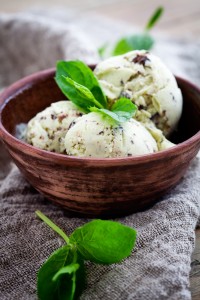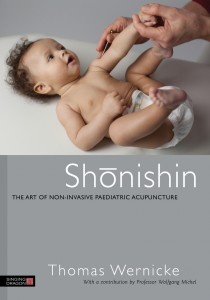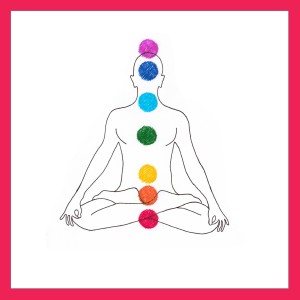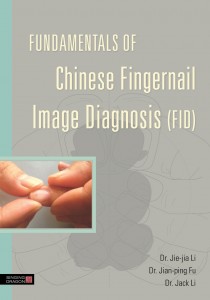Welcome back to the monthly series of stimulating Five Element activities that can support development of children in all ages! By clicking on the link at the end of this article you can enjoy making your own notebook of Five Element exercises for each month and season of the year.
FIRE! FIRE! FIRE!
What do those three words expressed with exclamation marks elicit in you? Action, alarm, quick-rising energy to react, a pounding heart, consideration of others, a need for clear communication to call out to others for help? You are landing in the Fire Element capacities already and July brings us into the heart of summer and the Fire Element.
The Fire Element gives us our capacity to communicate with others with warmth, excitement, distinction, emotional sensitivity, and clear articulation. It rules the heart, so Fire Element development includes learning to express and feel all of the emotions in life. Joy, laughter, lightness of being, and relational sensitivity are the core emotional expressions gifted to us in our Fire Element capacities.
Correlating summer qualities can be seen in the vitality of nature in the Fire Element. Summer brings playfulness, bustling energy to interact with others, red, sweaty faces, laughter, heart connecting activities, and vacations that involve relationships with others or self. Like the busy bees in nature pollinating the trees and collecting nectar for the hive, all activities are directed by some level of communication with others and self. And like real fire, the energy of this Element in children can be seen in flickers of spontaneity, exuberance, boundless freedom to express in all directions in a room, contagious – spreading laughter, humorous wit, and warmth to all that come near it.
The following exercises can be used with a family, classroom, or a group of children to experience qualities of Fire Element. Remember, all emotions and experiences in the participants are part of the growth of the Elements. There is no right or wrong way to react to these games. Allow children to experience whatever arises with support, acceptance, and safe boundaries, and all five of the Elements are given room to grow.
Nicking Socks
This game is suitable for groups of at least six children. Each child needs to be wearing loose-fitting socks.
a. On command, everyone crawls around the room and tries to pull as many socks as they can off the other children’s feet and stick them in their own waistband. The contest creates a lot of laughter and romping.
b. To calm the group down afterwards, all the socks can be put into a bag, and the child who collected the most socks is blindfolded and has to try to find the matching pairs. Can it be done? Laughter, playfulness, group camaraderie is offered for all in this exercise.
Desire and capacity for relationships, emotional intelligence, awareness of others and oneself are fruits of developed FIRE qualities.
Making Faces (Good for all ages, great for parent/child groups)
3 or more individuals are standing in a line facing in one direction. The last child/participant makes some kind of funny facial expression. When the child is ready, he/she taps on the shoulder of the person in front of him. Then this child/person taps the shoulder on the person in front of him and passes the expression on. When the last child receives the expression, all compare how it looks with the last persons interpretation and how it looked at the beginning. The difficult part is not to laugh and to try to stay serious all the time. Nearly impossible!
This article can be downloaded in a PDF format by clicking on this link so you can start creating a notebook of Five Element exercises that will be offered each month.
You can find more information and examples of how the Five Elements support development in children in the book: Children at Their Best: Understanding and Using the Five Elements to Develop Children’s Full Potential for parents, teachers, and therapists, published by Singing Dragon.
NEXT: Earth Element activities – stay grounded in the season of change






